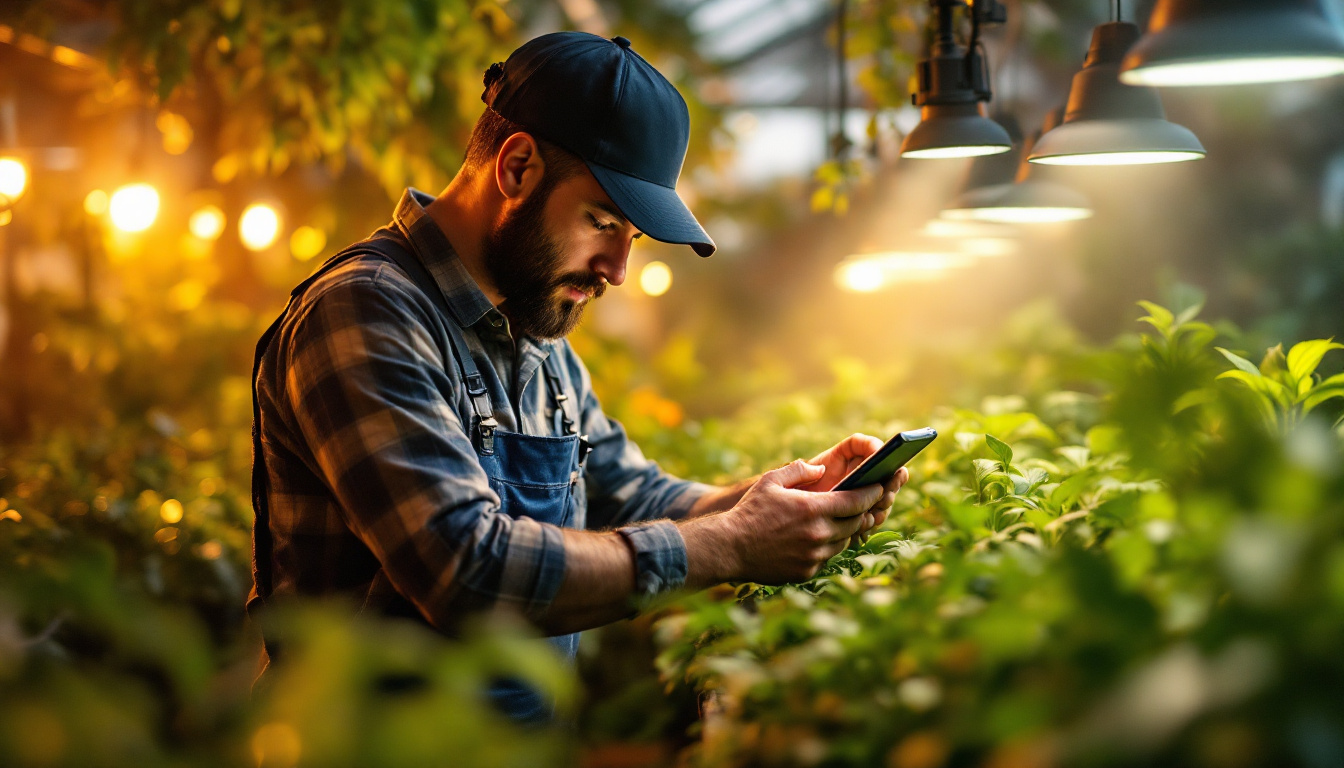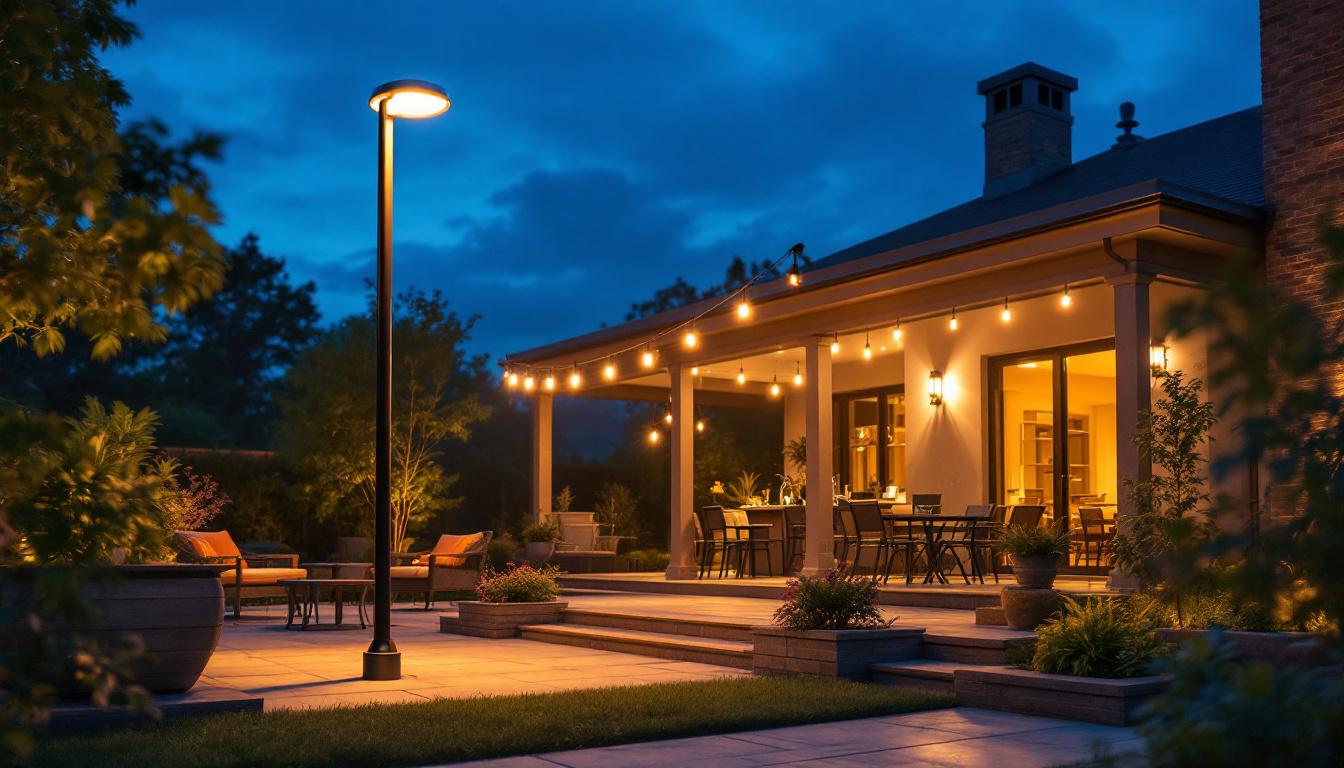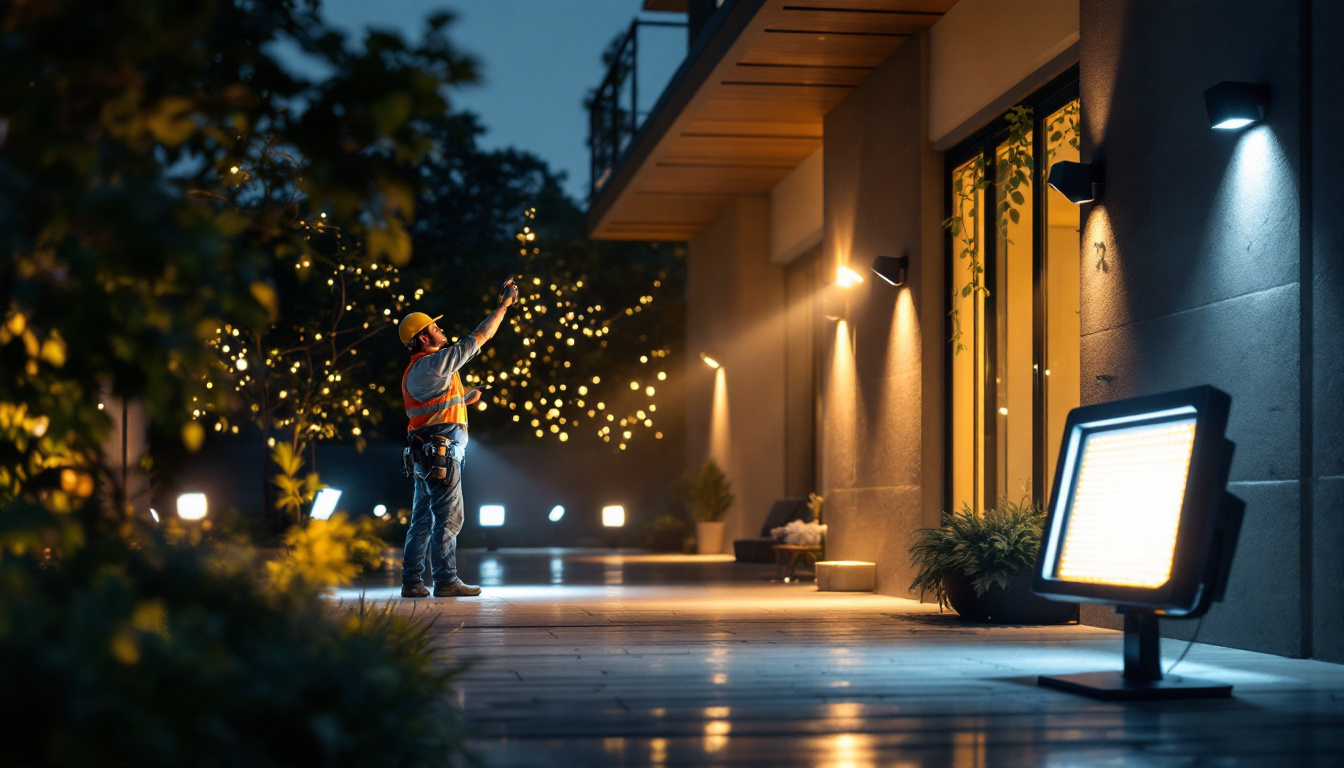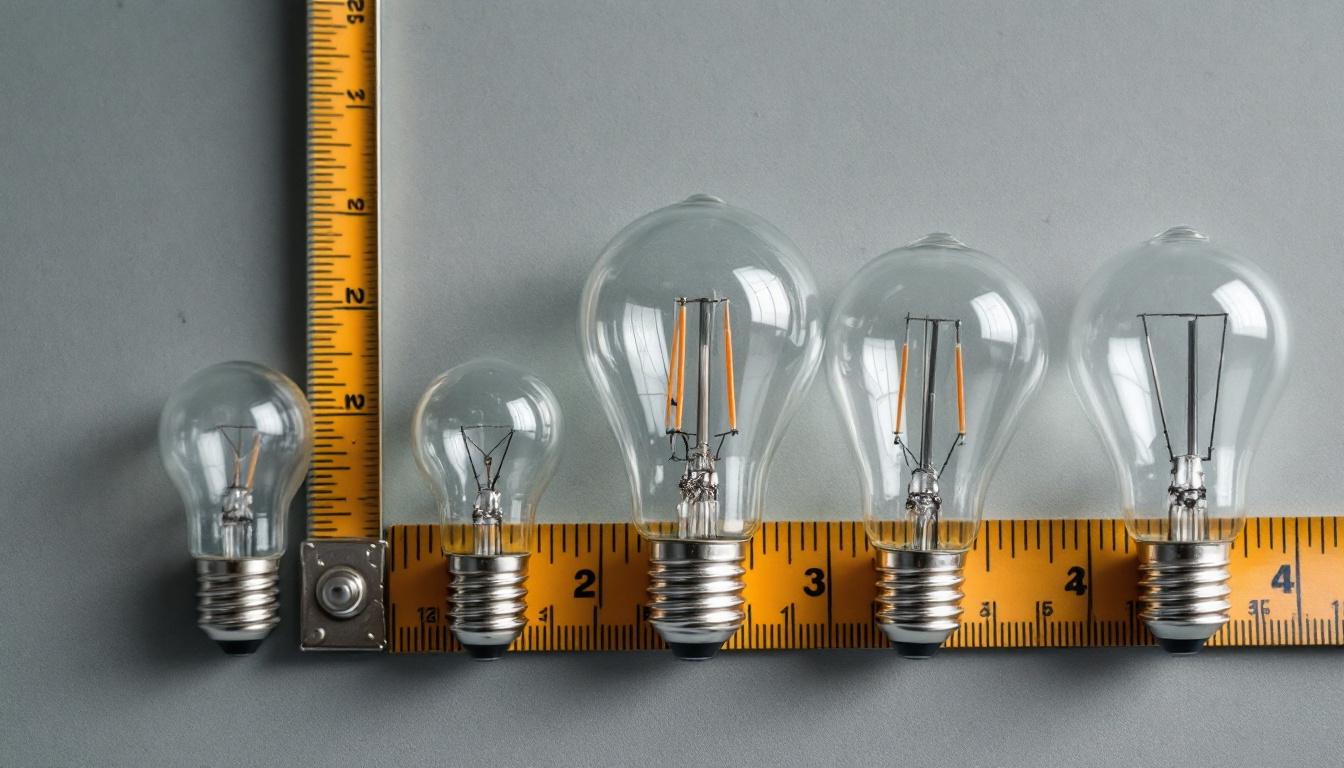
In the ever-evolving world of horticulture, lighting plays a pivotal role in maximizing plant growth and yield. For lighting contractors, understanding the latest strategies and techniques is essential for providing clients with optimal solutions. This article delves into the top strategies employed by lighting contractors, focusing on effective methods that enhance plant growth while ensuring energy efficiency and sustainability.
Before implementing any lighting strategy, it is crucial for contractors to grasp the specific light requirements of various plants. Different species have unique needs regarding light intensity, spectrum, and duration. This understanding lays the groundwork for selecting the most suitable lighting solutions.
The spectrum of light significantly influences plant growth stages. For instance, blue light is essential during the vegetative phase, promoting robust leaf development, while red light is crucial during flowering and fruiting stages. Contractors must be knowledgeable about these requirements to tailor their lighting solutions effectively.
Furthermore, integrating full-spectrum lights can provide a balanced approach, mimicking natural sunlight. This versatility allows for a more comprehensive growth environment, accommodating various plant species within a single setup. In addition to blue and red light, incorporating green and yellow wavelengths can enhance photosynthesis efficiency, as plants can utilize these colors for energy production, albeit to a lesser extent. By understanding the complete light spectrum, contractors can create a more effective lighting strategy that supports all growth phases and maximizes plant health.
Light intensity, measured in lumens, is another critical factor. Different plants require varying intensities to thrive. For example, high-light plants like tomatoes may need more intense lighting compared to low-light species such as ferns. Contractors should assess the specific needs of their clients’ plants to determine the appropriate intensity levels.
Additionally, the duration of light exposure, or photoperiod, plays a vital role in plant development. Understanding the natural light cycles of specific plants can help contractors design systems that optimize growth while conserving energy. Implementing timers and smart controls can enhance this aspect, allowing for precise management of light duration. Moreover, seasonal changes in natural light can influence indoor plant growth, making it essential for contractors to adapt their lighting strategies throughout the year. For instance, during shorter winter days, extending light duration can help maintain growth rates, ensuring that plants receive the necessary light to flourish despite external conditions.
As energy costs continue to rise, energy efficiency has become a top priority for lighting contractors. Implementing energy-efficient lighting solutions not only reduces operational costs but also appeals to environmentally conscious clients. The shift towards sustainable practices is not merely a trend; it reflects a growing awareness of the environmental impact of energy consumption. With many businesses striving to achieve sustainability certifications, energy-efficient lighting plays a crucial role in meeting these goals and enhancing overall corporate responsibility.
Light Emitting Diodes (LEDs) have revolutionized the lighting industry, offering significant advantages over traditional lighting options. LEDs consume less energy and have a longer lifespan, making them a cost-effective choice in the long run. Their ability to emit specific wavelengths also allows for tailored lighting solutions that meet the unique needs of different plants. This specificity is particularly beneficial in horticulture, where different growth stages may require varying light spectrums to optimize photosynthesis and promote healthy development.
Moreover, the heat produced by LEDs is considerably lower than that of incandescent or fluorescent lights. This characteristic helps maintain optimal growing temperatures, reducing the need for additional cooling systems and further enhancing energy efficiency. Additionally, the durability of LEDs means they are less likely to break or require frequent replacement, which not only saves costs but also minimizes waste, aligning with eco-friendly initiatives.
Integrating smart technology into lighting systems offers contractors an edge in energy management. Smart lighting systems allow for real-time monitoring and adjustments based on environmental conditions. For instance, sensors can detect ambient light levels and adjust artificial lighting accordingly, ensuring that plants receive the optimal amount of light while minimizing energy waste. This adaptability not only enhances plant growth but also contributes to significant energy savings, making it a win-win for both growers and the environment.
These systems can also be programmed to follow specific growth cycles, automating the lighting process and reducing the need for manual adjustments. By leveraging smart technology, contractors can provide clients with a more efficient and user-friendly solution. Furthermore, many smart lighting systems can be integrated with other smart technologies, such as climate control and irrigation systems, creating a comprehensive approach to energy management that maximizes efficiency across all aspects of plant care. This interconnectedness not only simplifies operations for growers but also provides valuable data analytics that can inform future energy-saving strategies.
Every grow operation is unique, and a one-size-fits-all approach rarely yields the best results. Custom lighting solutions tailored to the specific needs of each client can significantly enhance plant growth and overall satisfaction.
Conducting a thorough site assessment is the first step in designing a custom lighting solution. This involves evaluating the layout of the growing area, the types of plants being cultivated, and existing infrastructure. Understanding these factors allows contractors to create a lighting plan that maximizes efficiency and effectiveness.
During the planning phase, contractors should also consider the future growth of the operation. Flexibility in design allows for easy adjustments and expansions, ensuring that the lighting system can adapt as the client’s needs evolve.
The layout of lighting fixtures can significantly impact the distribution of light across the growing area. Contractors should consider various layouts, such as grid or staggered arrangements, to ensure even light coverage. This attention to detail helps prevent shadowing and ensures that all plants receive adequate light exposure.
Additionally, adjustable fixtures can provide flexibility, allowing clients to modify the height and angle of lights as plants grow. This adaptability is crucial for maintaining optimal light intensity throughout the growth cycle.
Lighting does not exist in a vacuum; it interacts with other environmental factors such as temperature, humidity, and CO2 levels. Integrating environmental controls with lighting systems can enhance overall plant health and productivity.
Climate control systems work in tandem with lighting to create an optimal growing environment. By monitoring and adjusting temperature and humidity levels, contractors can ensure that plants thrive under the best conditions. For instance, if lights generate excess heat, climate control systems can activate cooling mechanisms to maintain ideal temperatures.
Moreover, integrating CO2 enrichment systems can further enhance plant growth. By synchronizing CO2 levels with lighting schedules, contractors can create a synergistic effect that boosts photosynthesis and overall plant health.
Utilizing data analytics can significantly improve the effectiveness of lighting and environmental control systems. By collecting and analyzing data on plant growth, energy consumption, and environmental conditions, contractors can make informed decisions that optimize performance.
This data-driven approach allows for continuous improvement, enabling contractors to refine their strategies and provide clients with the best possible outcomes. Regularly reviewing performance metrics can also help identify areas for enhancement, ensuring that lighting systems remain efficient and effective over time.
While contractors possess the technical expertise, educating clients about the importance of proper lighting is equally vital. Clients who understand the impact of lighting on plant growth are more likely to appreciate the value of investing in high-quality solutions.
Hosting workshops and training sessions can be an effective way to engage clients and share knowledge about lighting solutions. These sessions can cover topics such as light spectrum, intensity, and the benefits of different lighting technologies. By empowering clients with knowledge, contractors can foster stronger relationships and build trust.
Additionally, providing clients with resources such as guides or informational materials can help reinforce key concepts and ensure they have access to valuable information even after the session ends.
Offering ongoing support and consultation can further enhance client satisfaction. Regular check-ins and assessments can help identify any issues with the lighting system and provide opportunities for adjustments or upgrades. By maintaining an open line of communication, contractors can ensure that clients feel supported throughout their growing journey.
The lighting industry is constantly evolving, with new technologies and techniques emerging regularly. Staying informed about the latest trends is essential for lighting contractors aiming to provide the best solutions for their clients.
Investing time in research and development can yield significant benefits. By exploring new lighting technologies, such as advancements in LED efficiency or innovative control systems, contractors can stay at the forefront of the industry. This proactive approach allows them to offer cutting-edge solutions that meet the evolving needs of their clients.
Additionally, participating in industry conferences and workshops can provide valuable insights and networking opportunities. Engaging with other professionals in the field can foster collaboration and inspire new ideas that can be implemented in lighting strategies.
Listening to client feedback is crucial for continuous improvement. By gathering insights on the effectiveness of lighting solutions and any challenges faced, contractors can adapt their strategies accordingly. This responsiveness not only enhances client satisfaction but also positions contractors as trusted partners in their clients’ success.
Lighting contractors play a vital role in the success of horticultural operations. By understanding plant lighting needs, prioritizing energy efficiency, designing custom solutions, integrating environmental controls, and educating clients, contractors can significantly enhance plant growth and yield. Staying informed about industry trends and fostering strong client relationships will ensure that contractors remain competitive in a rapidly changing market.
Implementing these top strategies will not only benefit clients but also contribute to the sustainability and efficiency of the horticultural industry as a whole. As the demand for high-quality produce continues to grow, the expertise of lighting contractors will be more critical than ever in meeting these challenges head-on.
Ready to elevate your horticultural lighting solutions? At LumenWholesale, we provide lighting contractors like you with the highest quality, spec-grade lighting products at prices that can’t be beaten. Say goodbye to local distributor markups and hello to our extensive selection that meets rigorous industry standards. With free shipping on bulk orders, you’re guaranteed to get the best value without any hidden fees. Don’t compromise on quality or cost. Make LumenWholesale your go-to for reliable and efficient lighting that keeps you ahead in the competitive market. Wholesale Lighting at the Best Value is just a click away.

Discover how patio pole lights and expert lighting contractors can boost your business by enhancing outdoor ambiance, increasing customer satisfaction, and driving sales..

Discover how outdoor flood light fixtures can enhance your business profits with our comprehensive guide tailored for lighting contractors.

Discover how optimizing your washing machine outlet can be the unexpected secret to securing more lighting contracts.

Discover the essential guide to incandescent bulb base sizes tailored for smart lighting contractors.